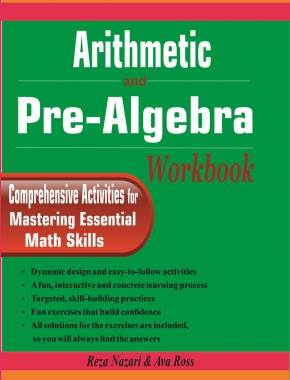How to Identify and Understand the Essential Properties of Squares
Geometry is a branch of mathematics that deals with shapes, sizes, and properties of space. Among the many figures that we come across in geometry, the square holds a special place due to its simplicity and symmetry. A square, in essence, is a rectangle where all sides are of equal length. But it’s more than just that! This blog post will delve deep into the properties of squares, shedding light on its unique attributes, and providing a step-by-step guide to understanding it fully.

Step-by-step Guide: Properties of Squares
Definition:
A square is a four-sided polygon, also known as a quadrilateral, where:
- All four sides are equal in length.
- All four angles are right angles, each measuring \(90^\circ\).
Diagonals:
- A square has two diagonals.
- These diagonals are congruent, which means they are of the same length.
- They bisect each other, dividing each diagonal into two equal parts.
- They are perpendicular to each other, forming a \(90^\circ\) angle where they intersect.
- The diagonals of a square bisect its angles.
Area and Perimeter:
- Area: The area of a square is given by the formula:
\( \text{Area} = s^2 \)
where \( s \) is the length of one side of the square. - Perimeter: The perimeter of a square is given by the formula:
\( \text{Perimeter} = 4s \)
where \( s \) is the length of one side of the square.
Example 1:
In a square, how do the diagonals compare in terms of length, angles they form, and their relationship with the square’s sides?
Solution:
Length: A square has two diagonals, and they are of equal length.
The length of a diagonal is greater than the side of the square. Specifically, if \( s \) is the length of a side of the square, then the length of the diagonal \( d \) is given by:
\( d = s\sqrt{2} \)
Angles: The diagonals of a square bisect each other at right angles. This means they cross each other at a \(90^\circ\) angle.
Moreover, the diagonals also bisect the angles of the square. This means each corner angle of \(90^\circ\) is split into two angles of \(45^\circ\) by the diagonal.
Relationship with Sides: The diagonals of a square are equal to each other, and they divide the square into four congruent right triangles.
Since the diagonal bisects the angles of the square, the two sides of the square that meet at a vertex are also bisected by the diagonal. This results in the diagonal being the hypotenuse of the right triangles formed.
Notice: The properties of a square’s diagonals are a direct consequence of its right angles and equal side lengths. By using the Pythagorean theorem, we can understand the relationship between the side length and diagonal length, and by understanding its symmetrical structure, we can deduce the angles the diagonals form.
Example 2:
If the diagonal of a square is \(10\sqrt{2} \text{cm}\), how can we determine the length of its side?
Solution:
The diagonal of a square is related to its side in a unique way due to the Pythagorean theorem. Specifically, the relationship is given by:
\( \text{Diagonal} = s\sqrt{2} \)
Given that the diagonal is \(10\sqrt{2}\), we can isolate \( s \) (the side length) using the equation:
\( s = \frac{\text{Diagonal}}{\sqrt{2}} \)
Plugging in the given diagonal length:
\( s = \frac{10\sqrt{2}}{\sqrt{2}} = 10 \text{cm} \)
Practice Questions:
- If the perimeter of a square is \(48 \text{cm}\), find its side length and area.
- The diagonal of a square is twice its side length. True or False?
- A square has an area of \(64 \text{cm}^2\). What is the length of its diagonal?

Answers:
- Side length \(= 12 \text{cm}\), Area \(= 144 \text{cm}^2\).
- False.
- \(8\sqrt{2} \text{cm}\).
Related to This Article
More math articles
- How to Evaluate Variable Expressions for Number Sequences
- How to Find Perimeter and Area Relationship
- 5 Bеѕt саlсulаtоrѕ fоr ѕtаtiѕtiсѕ
- How to Divide Exponents? (+FREE Worksheet!)
- 4th Grade New York State Assessments Math Worksheets: FREE & Printable
- Ratio, Proportion and Percentages Puzzle -Critical Thinking 10
- Integrals Made Easier Using Tables: A Complete Explanation And Examples
- Best Digital Writing Pads for Online Teaching in 2024
- How Is the ALEKS Test Scored?
- Overview of the AFOQT Mathematics Test



















What people say about "How to Identify and Understand the Essential Properties of Squares - Effortless Math: We Help Students Learn to LOVE Mathematics"?
No one replied yet.